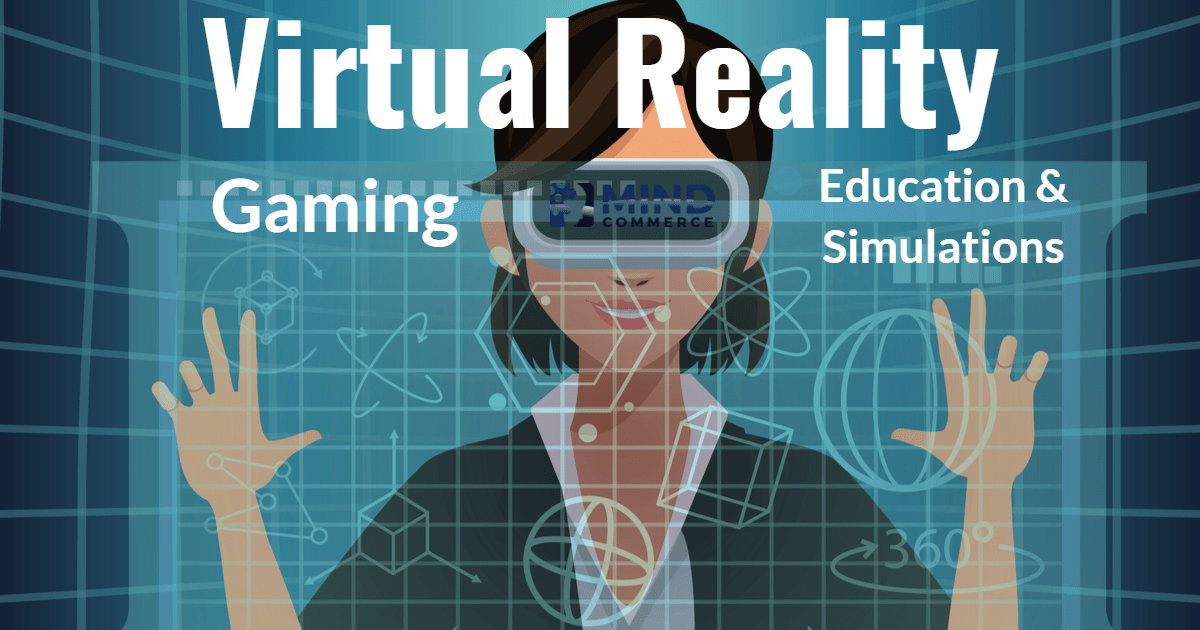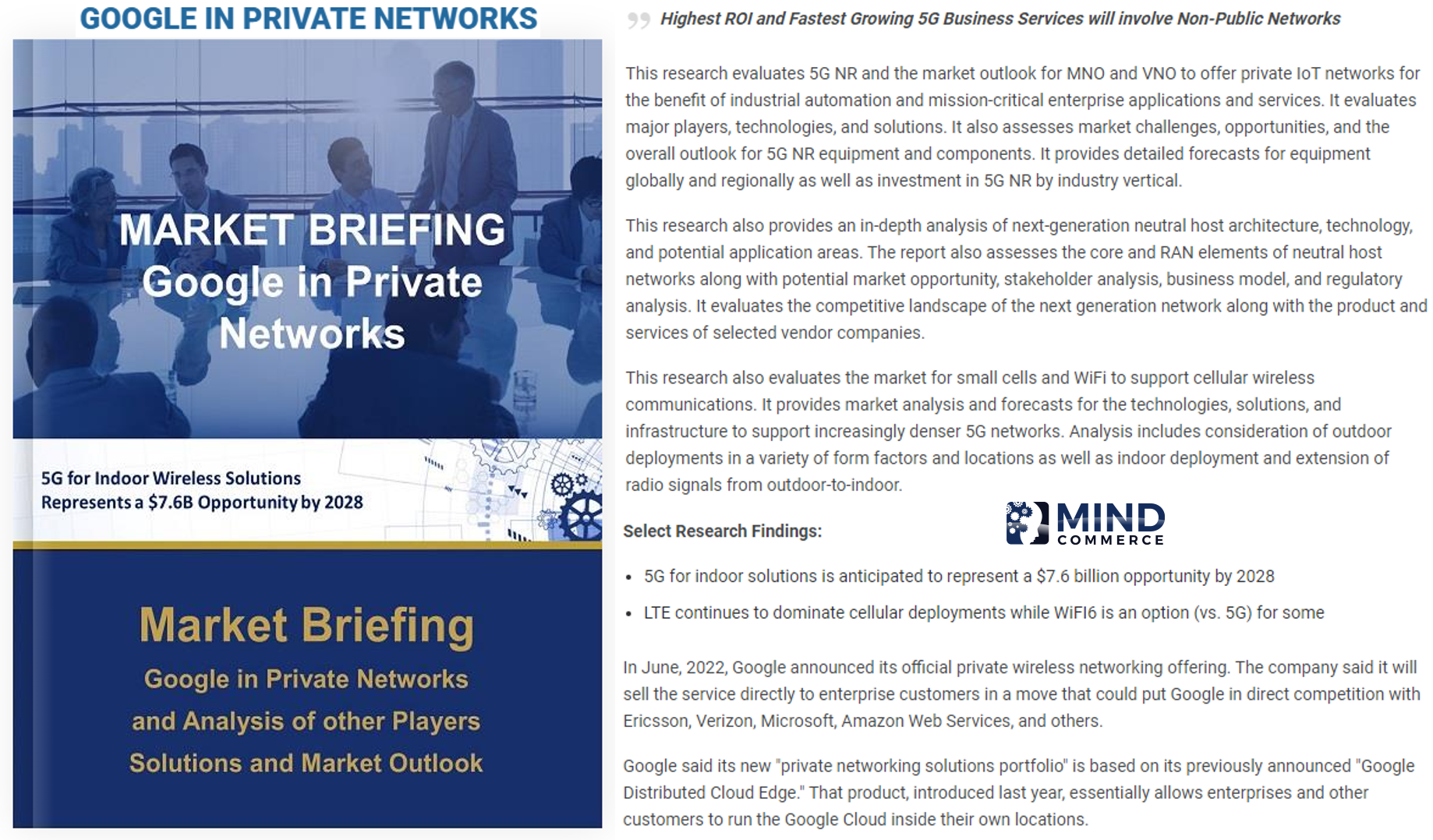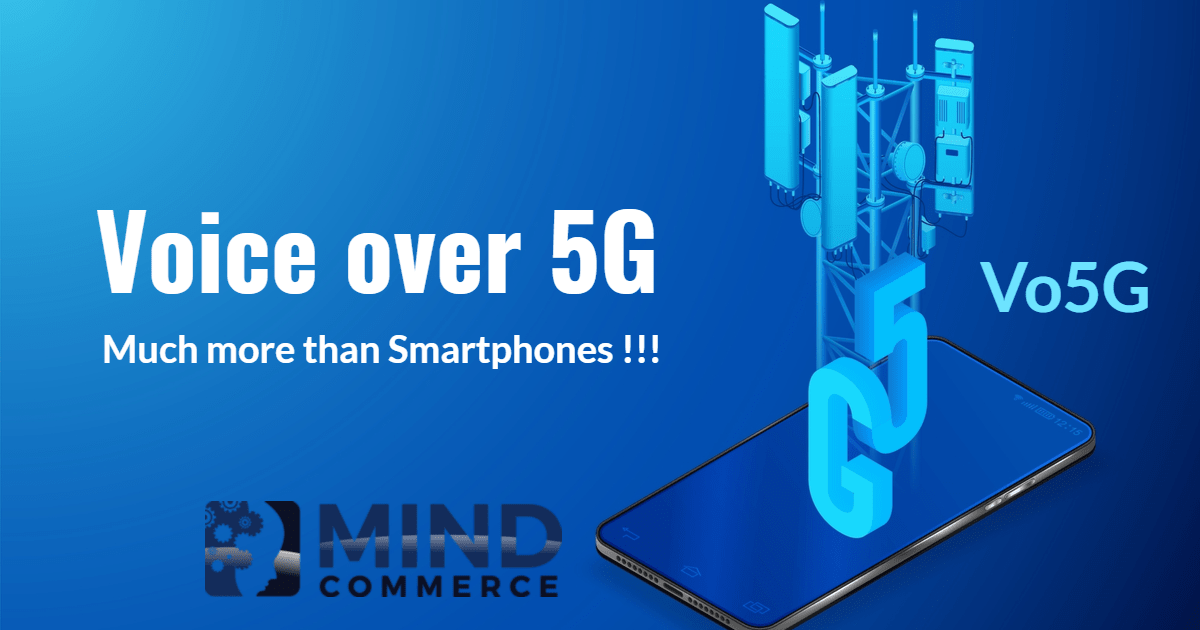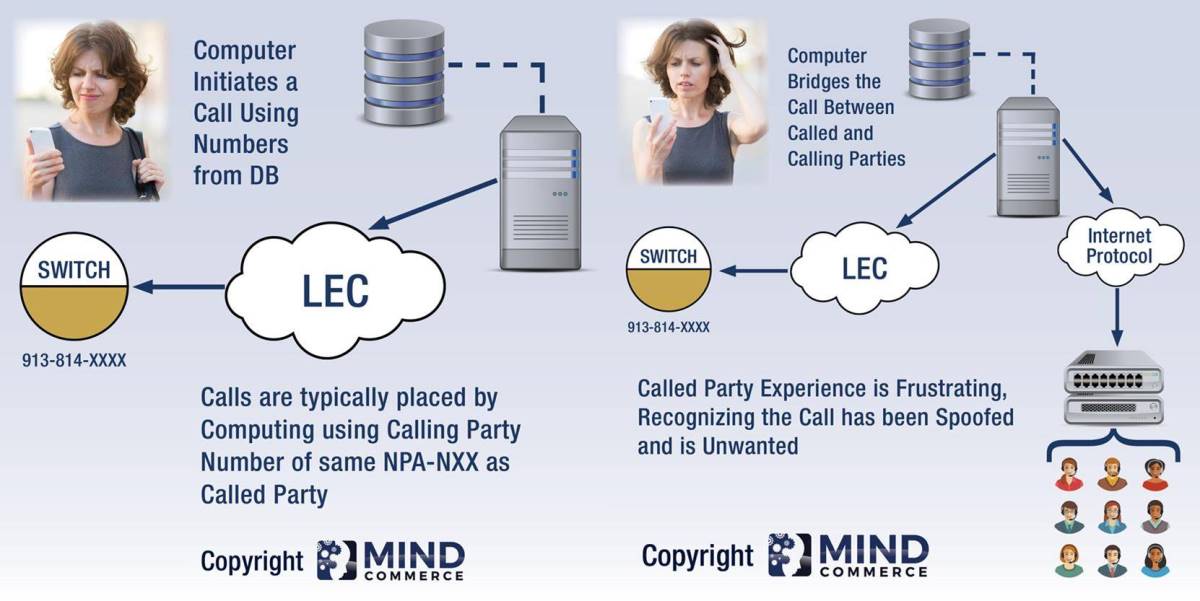The purpose of Virtual Reality (VR) technology is to provide a near-real experience using reality emulation in a virtual environment. The VR market is poised to experience a massive transformation over the next three to five years driven by advances in devices, apps, components, content, and broadband communication. Mind Commerce sees fully immersive virtual reality systems gaining substantial market momentum in consumer and enterprise markets within the next few years. These VR systems will provide an unprecedented digital experience for humans, often including multiple senses as well as interaction with virtual objects and/or interaction between the real and virtual worlds.
Virtual Reality Gaming Market
In terms of the consumer segment, Mind Commerce sees current VR gaming evolving from current offerings such as HTC Vive, Oculus Rift, and PlayStation VR to more sophisticated entertainment that involves elements of casual gaming combined with real-world interests involving economy and social status. In many respects, VR gaming is a greenfield opportunity, which will bring many new market entrants into the fray as application and content providers aggressively compete to establish a loyal user base. For example, Skydance Interactive, a division of Skydance Media, has recently unveiled The Walking Dead: Saints & Sinners, initially available on Oculus Rift, Rift S, Quest, and HTC Vive.
Successful companies will be those that develop communities of interest based on game-play and follower dynamics including innovation in interactive e-sports entertainment, in-game reward systems, and real-world to VR gamification integration. Long-term success will be dependent upon game delivery platform, system, and connectivity independence. This will occur coincident with a few key trends in platform/network transformation and service delivery such as the shift from console to cloud supported platforms and 5G communications supported by edge computing.
Virtual Reality Enterprise Market
Some very compelling enterprise VR applications are anticipated to emerge over the next three to five years. Many of these will be solution-focused upon achieving very specific internal business goals such as risk mitigation, expense reduction, and employee training. For education, we see everything from situational training (such as Verizon using Striver to train its employees how to better deal with robberies) to more traditional expectations such as VR enhanced simulations for flight and vehicle training. We also see enterprise applications extending beyond internal use and B2B as businesses embrace the use of VR to reach consumer markets. Real estate is a prime example where VR may be used for education-sales such as training new home buyers while simultaneously marketing properties.
Virtual Reality Market and 5G
Mind Commerce sees the virtual reality market gaining ground once 5G is more firmly in place commercially, but not entirely due to wireless broadband. Instead, we see a massive build-out of broadband as a whole (due to competition from the 5G market) as one of the fundamental drivers for VR adoption. This will be driven in part by substantially greater availability of FTTX and HFC as well as greater bandwidth overall at lower costs.
We see 5G acting as a launch pad for enhanced consumer wireless services such as augmented reality, virtual reality, and cloud gaming. Previously encumbered by a combination of technology gaps and consumer readiness issues, virtual reality market is poised for substantive global growth, providing abundant opportunities for service providers, content developers, and ecosystem component providers. While today many apps and services within the XR universe are very device dependent and network constrained, convergence is on the horizon from a device perspective as well as substantial opportunities through untethering via 5G and Mobile Edge Computing (MEC).
MEC will be particularly important in support of latency-sensitive apps and services for various consumer, enterprise, and industrial use cases. This will be particularly the case for VR portability, and to some extent, mobility to the extent that there is good 5G coverage. Substantially lower latency facilitated by the combination of 5G and MEC will lead to many new and enhanced applications. For example, VR based telepresence will ultimately become the norm, starting with private enterprise solutions and the SMB markets through the likes of Zoom.
Through Voice over 5G (Vo5G), there will also be support for Ultra High Definition (UHD) audio communications, streaming video and ultra-clear voice communication for next generation virtual reality applications and services. Vo5G will benefit VR for consumer and enterprise applications in many respects such as UHD becoming the norm in immersive experiences. Mind Commerce sees Vo5G ultimately replacing VoLTE as a preferred method for voice communication as well as act as the input medium for a wide variety of user interfaces, many of which currently rely upon WiFi.
Virtual Reality Market Report
Learn more about the market for VR devices, infrastructure, applications and services with the Mind Commerce virtual reality market report. This VR report assesses the virtual reality market including analysis of VR ecosystem and role of value chain partners, evaluation of VR intellectual property, and analysis VR devices, apps, and content. The report also provides an assessment of key VR companies and solutions, analysis of emerging business models and more. In terms of virtual reality market hardware, this VR market report covers fully immersive headgear, semi-immersive large screens, and non-immersive desktops and other smaller screens.







